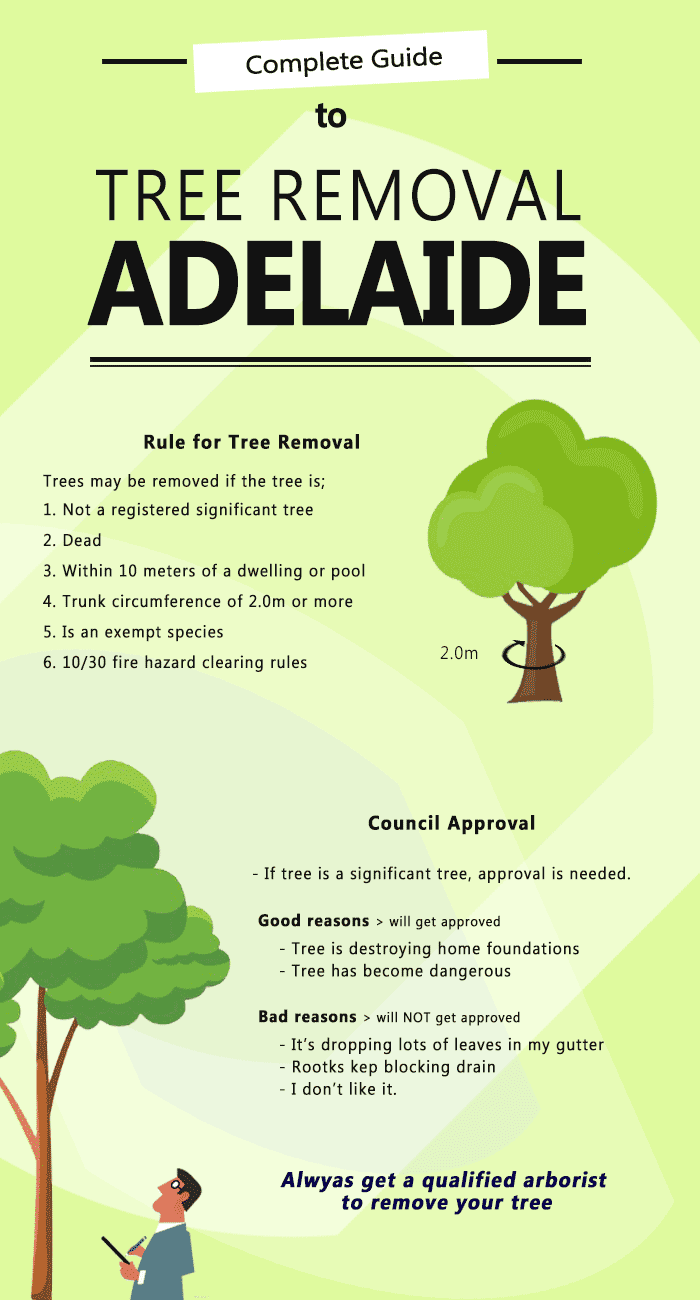Indicators That It Is Required To Get Rid Of A Tree - A Manual For House Owners
Indicators That It Is Required To Get Rid Of A Tree - A Manual For House Owners
Blog Article
Team Author-Churchill Lester
Trees include elegance and worth to residential property, but they can additionally present a danger during extreme weather condition events. If a tree has actually stopped expanding, is exhibiting visible fungal growth, or has a leaning trunk, it must be removed by an expert to avoid building damage and injury.
To get more information, participate in a homeowner resource reasonable co-hosted by HPD, the Facility for New York City Neighborhoods, and Brooklyn-based housing partners this evening in Bedford-Stuyvesant. The event will certainly feature the Property owner Manual, a new overview to assist home owners navigate the responsibilities of owning a home.
1. Dead or Dying Branches
Trees are an indispensable part of your home's landscape, using color and elegance. They additionally offer sanctuary for wild animals and create oxygen, yet also healthy and balanced trees can experience health problems that might necessitate their elimination. Dead or dying trees aren't just unpleasant, they can be harmful. Their branches might drop during a tornado, causing pricey property damage and injuries.
When a tree's branches begin to die, it implies that its structure is starting to break down. If most of its branches are dead, it is likely time to remove it.
Look for an absence of new development, bark peeling, open injuries or cavities, fungi expanding on the trunk or roots and a basic look of decay in the entire cover. These signs of infection can show a severe issue that will certainly require specialist tree solutions to fix.
2. Leaning Trunk
While it's normal for trees to lean once in a while due to phototropism, if a tree has a hazardous or severe lean that's not due to natural processes - maybe an indication that the tree needs to be eliminated. If the tree is favoring a power line, home, automobile, play framework or any other area that could be dangerous to individuals if it falls, then calling a professional tree solution for removal need to be a leading concern.
It's likewise crucial to look for any type of sudden changes in a tree's leaning as it can suggest damages to the roots or trunk that may cause falling. please click the next website page is particularly true during stormy weather, because high winds and rain-soaked soil can cause a lean to transform rapidly. Normal surveillance, especially throughout and after tornados can help property owners recognize potential issues with their trees so they can call an arborist for a thorough examination.
3. Parasite Problem
Some pest invasions, such as wood-boring bugs like emerald ash borer or sap-suckers like scale pests, are so severe that they can trigger a tree to pass away. The best way to prevent pest problem is to check your trees on a regular basis. Seek areas, openings, or discolorations in the leaves and bark. Analyze the trunk for fractures and signs of insect damage, such as tunnels or tracks.
If a tree becomes as well infested with bugs, or is close to a home or high-voltage line, an arborist might recommend removal. If a leaning tree establishes a brand-new, unsteady lean, an arborist will likely recommend removal also to make sure the safety and security of individuals and building. If arborist insurance damaged or dead tree constantly loses too much branches, it is an indication that it is time to remove the tree. If Suggested Site continues to drop branches for an extensive period of time, it can cause architectural problems and prospective residential or commercial property damage.
4. Harmed Trunk
Trees are a stunning and vital part of our landscape, yet they do need regular like keep them healthy and balanced and risk-free. If a tree is damaged irreparable it is most likely time for it to find down.
Look for indications of damage to the trunk, consisting of vertical splits, seams, dead branch stubs, visible wounds or open cavities and serious tree-rot. The presence of fungis at the base of the trunk is one more warning sign. Fungis may indicate that the phloem and xylem (life-support cells) are compromised, allowing for the spread of illness or a future failing.
Likewise, take into consideration whether the tree has actually quit growing. Healthy trees will have new development yearly, which might be visible as buds or branches growing and expanding. If you don't see any type of brand-new growth, it's an excellent concept to have an arborist review the tree and follow their suggestion for elimination. A passing away or damaged tree can drop and trigger property damage.